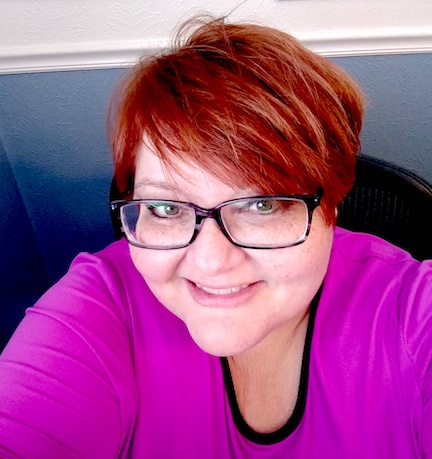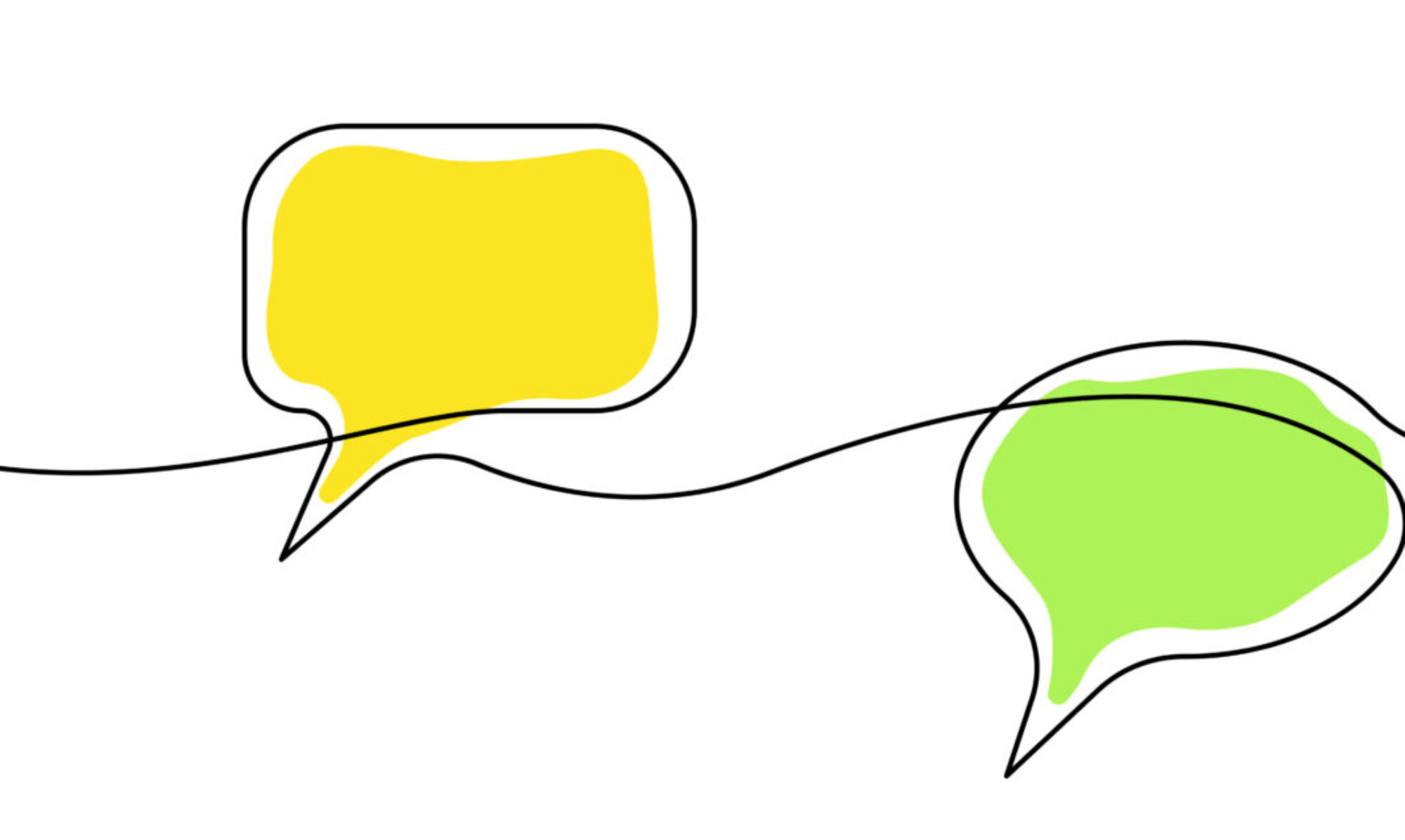The Most Common Social Media Challenge for Small Businesses
More business than ever are tossing their hats into the social media ring–and admittedly for good reason. Facebook, Instagram, Linked In and Twitter have been repeatedly proven as viable resources for generating new and repeat business.
When small businesses approach me about their social media marketing efforts, I have noticed that many have challenges in common. Consistency–or frequency–is commonly a concern, as is the struggle that comes with trying to balance what they post. Are they selling too much? Socializing too much? Posting the right kinds of images? And there is most certainly a common frustration in terms of when and how to boost posts or otherwise deal with advertising.
But in all honestly, the one thing that businesses of all sizes struggle with the most when it comes to social media isn’t any of those listed above. It is this: having a consistent and authentic “voice” throughout their videos, images, posts and ads.
 The Power of a Voice in Social Media
The Power of a Voice in Social Media
I first started working as a social media manager in about 2010, a time when a lot of businesses were just starting to really understand the power of what social media could potentially do. It was new for them and for their customers alike, and it definitely looked a lot different than it does now. Fortunately, the client with whom I worked was in the first stages of social media adoption. They decided to use Facebook as a “test” to see what would happen. Fortunately, they had an established brand, one that was known well throughout the U.S. That gave me and the team with whom I worked certain advantages, specifically, we already knew how they “sounded” in other marketing pieces. Thus, in a fairly short time we were able to develop a social media voice that was consistent with the brand.
It was fun watching consumers respond to those early posts. Many of them were also new to Facebook, not having been one of the lucky college kids with an account thanks to their .edu standing. They actually seemed to truly enjoy having the chance to chat with a corporation they’d engaged with for years in other ways. If the company asked a question, they were happy to answer it. And it was pretty astounding to them when they’d mention something and the company would comment on it.
Today that page has hundreds of thousands of followers, but one thing has not changed. They still look, feel and sound the same. Their voice is consistent to who they’ve always been–and it’s become a powerful marketing tool for a still-thriving business.
Finding Your Own Voice in Social Media
But what if you’re a new company, or a business that hasn’t used social media and maybe had never even thought about it until now? The answer is to start small, and work your way towards where you want to be. I have my own methods, but ultimately it all comes down to being true to yourself and your target audience. Think about who you want to talk to, where they’re likely to be in the social media realm and what they’d like to learn about you. Social media is a great place to start conversations, to ask questions and to share “behind the scenes” types of things that your ideal customers have always been curious about.
Here are a few more suggestions to consider as you develop your brand voice on social media:
- Mix it up. Remember–social media provides opportunities for a two-way conversation. Find ways to engage with, not just talk “at” your audience. If appropriate, use Facebook Live for example, or at least post edited videos. Ask questions, look for opportunities for some light-hearted humor, and enjoy the chances you have to get to know your customers.
- Get your team on board. Your staff needs to know what you want to accomplish with social media and any expectations you might have about their participation. Some may be eager to be in images or videos while others are less so, and that’s okay–just talk with them about it. Also, make sure they’re aware of what’s okay and not okay in terms with how they promote or otherwise engage with your brand on social media. Hopefully, you’ll have a team that wants to share the great things happening in your company in a professional and positive way.
- Be an original. Don’t just share things from other sources–demonstrate who YOU are. It’s totally okay to share an industry article now and then, but let most of the content be about your company. Another tip–don’t go out and grab Google images for your business page. Take your own photos, or opt to use royalty-free images. There are many free resources available online.
If you have any questions about social media and developing the right voice for it, I hope you’ll get in touch. In the meantime, I’ll look for you on Facebook and LinkedIn.

Content Development & Management • Social Media Management • Brand Message Development • Email Content • Copywriting • Sales Materials • Consulting & More
 Admittedly, it’s somewhat ironic. You see, while a lot of people are afraid of things like public speaking and training, none of that phases me in the least. I do brand discovery sessions and branding presentations in front of groups of stakeholders and decision-makers all the time. But putting myself out there in the digital world? Well, THAT was infinitely more uncomfortable. Continue reading “Becoming The Face of My Business”
Admittedly, it’s somewhat ironic. You see, while a lot of people are afraid of things like public speaking and training, none of that phases me in the least. I do brand discovery sessions and branding presentations in front of groups of stakeholders and decision-makers all the time. But putting myself out there in the digital world? Well, THAT was infinitely more uncomfortable. Continue reading “Becoming The Face of My Business”










